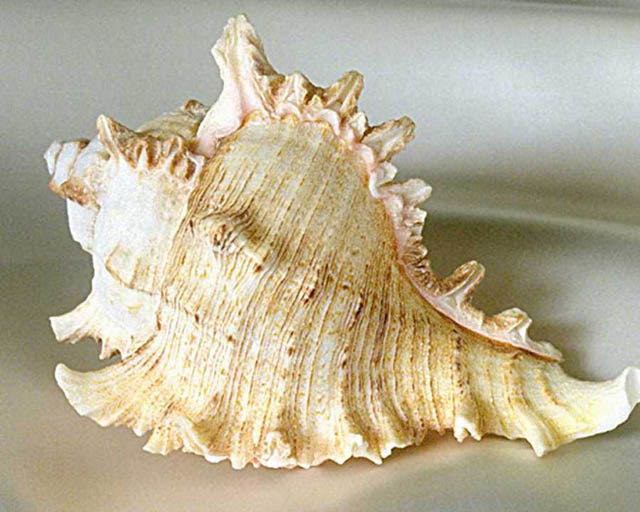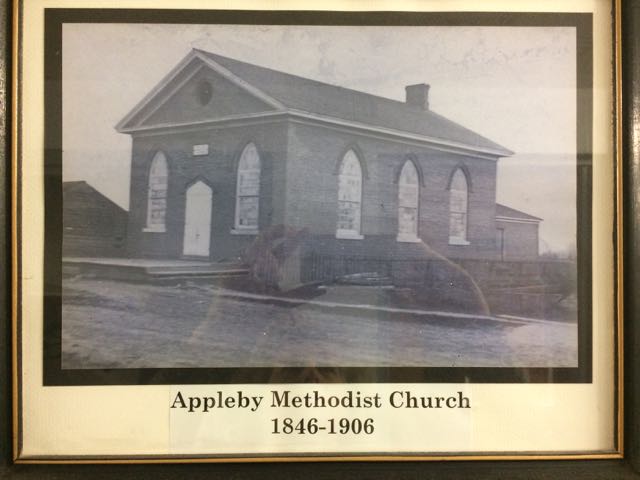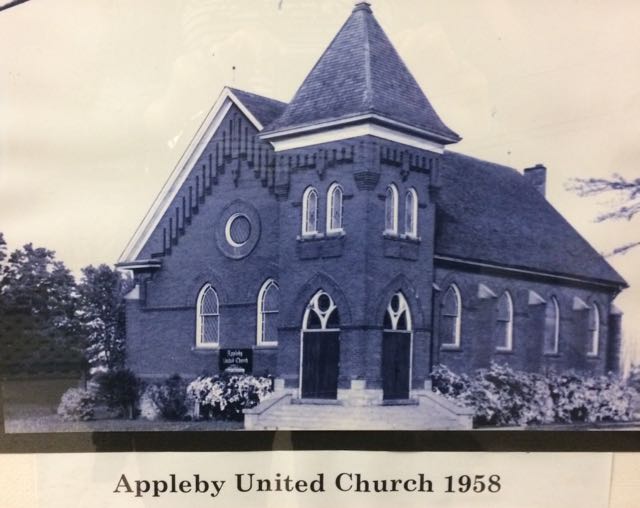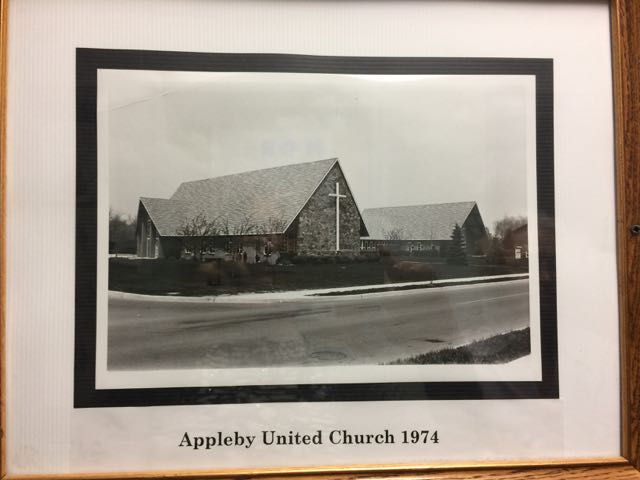In the beginning, the Old Ridge Road was an Indian Trail situated just below the Niagara Escarpment. This was the old shoreline of Lake Ontario. In 1806, Middle Road was surveyed, but would not be built for many years to come when it would be known as the Queen Elizabeth Way. It was to this area in Upper Canada that an American named Isaac van Norman came in 1810 to receive a land grant from the government. It consisted of 200 acres on the Middle Road, four miles from Wellington Square, now known as Burlington. He came to Canada in a great swell of settlers known as the United Empire Loyalists.
He and his good wife Catherine (nee Cummings) had many jobs to do. Land had to be cleared, roads had to be built and a log cabin made inhabitable, all in the first year. It must have been a lonely existence, with no close neighbours and only one house standing between the log cabin and Burlington Heights (Dundurn). The closest grain mill was far off in a place called Crooks Hollow, near Ancaster. 
Isaac and Catherine van Norman were devout Christians who had a great faith in their God. As more settlers moved into the area, Isaac started holding camp meetings at his farm. Catherine would blow on a conch shell horn to signal that the saddle bag preacher had arrived. Isaac himself became a saddle bag preacher and traveled widely from York (now Toronto) to Grimsby.
The First Church Building
In 1823, the law in Upper Canada was changed to allow people of Methodist faith to own land on which to build a church. On October 25, 1837 Isaac Van Norman sold an acre of land to the trustees of the Wesleyan Methodist Church of Canada for a Chapel and Burying Ground in Nelson Township. These lands became the sites of a wooden framed building - a chapel and the Mount Vernon Cemetery. There are no pictures of this first chapel that was located next to the entrance to the cemetery. Earlier in 1814 , Catherine and Isaac's daughter Eliza had been buried on these lands.
Mount Vernon Cemetery
Mount Vernon Cemetery is located east of Appleby Line on the north side of Harvester Road just west of the creek. The cemetery is located 400 feet north of Harvester Road up on a rise surrounded by sumac and mature trees behind the first row of buildings.
The Second Church Building
 The Christian Guardian reported on March 4, 1846:In the Van Norman Neighbourhood, on the Nelson circuit, the friends are building on a most eligible site, a brick church 36’ x 48’. The materials are on the ground and contracts entered into for erecting the building.
The Christian Guardian reported on March 4, 1846:In the Van Norman Neighbourhood, on the Nelson circuit, the friends are building on a most eligible site, a brick church 36’ x 48’. The materials are on the ground and contracts entered into for erecting the building.
The location was David Alton’s farm south of Middle Road and west of Appleby Line. The church was completed that same year and was to be known as Appleby Methodist Church. People came great distances by horse and buggy from the villages of Bronte, Palermo and Zimmerman to attend services. This church was used for 60 years and then replaced with a larger building.
The Third Church Building
On October 26, 1906 the transfer of 1.76 acres at the corner of Middle Road and Appleby Line took place for this building. It was purchased for $124.00 from the local veterinary surgeon so that a larger building could be built.

This Appleby Methodist Church was built in the style of that period of red brick. It had five cornerstones, one each laid by Mrs. J. Mathewman, Mrs. A.P. Alton, Dr. A. H. Speers, Dr. Watson and Dr. Buck using silver trowels. These trowels can be viewed in the glass case at the Henderson Road entrance of the current church.
Appleby Methodist Church becomes Appleby United Church
In 1925, the United Church was inaugurated when the Methodist Church, Canada, the Congregational Union of Canada, and 70 per cent of the Presbyterian Church of Canada entered into a union.
The Fourth Church Building
 The third church building was demolished to make way for the construction of the QEW. The congregation purchased 2.6 acres at the corner of Spruce and Henderson Roads in Burlington. On September 28, 1958, the sod was turned to construct the current church and a manse. The church was completed and dedicated on September 13, 1959. In 1988, an addition was built along the north side. Recently the congregation decided to put up for sale several building lots along Tuck Drive, including the location of the current manse.
The third church building was demolished to make way for the construction of the QEW. The congregation purchased 2.6 acres at the corner of Spruce and Henderson Roads in Burlington. On September 28, 1958, the sod was turned to construct the current church and a manse. The church was completed and dedicated on September 13, 1959. In 1988, an addition was built along the north side. Recently the congregation decided to put up for sale several building lots along Tuck Drive, including the location of the current manse.
